Selling on Steam & Minimal Model Release
I’ve been quite busy getting everything up and running for the release of the WTF.
Unfortunately, I did not manage a full release in 2024 as anticipated, but at least I was able to push the Minimal Model public end of December. The Minimal Model includes 50 Descriptions yet Zero Overlays. It’s usable - but without proper context and introduction, it may not be of much value. That’s fine for now, as I expect the WTF to have a significant impact on my life once it gains traction.
As of today you can visit the Minimal Model at https://minimal.wtf-model.com and explore it free of charge.
Additional Updates
-
Forum Integration
I’ve added interactive previews to the forum. For every forum thread, there’s now an embedded interactive preview. Displayed on the left here is the Minimal Model and on the right a corresponding forum entry: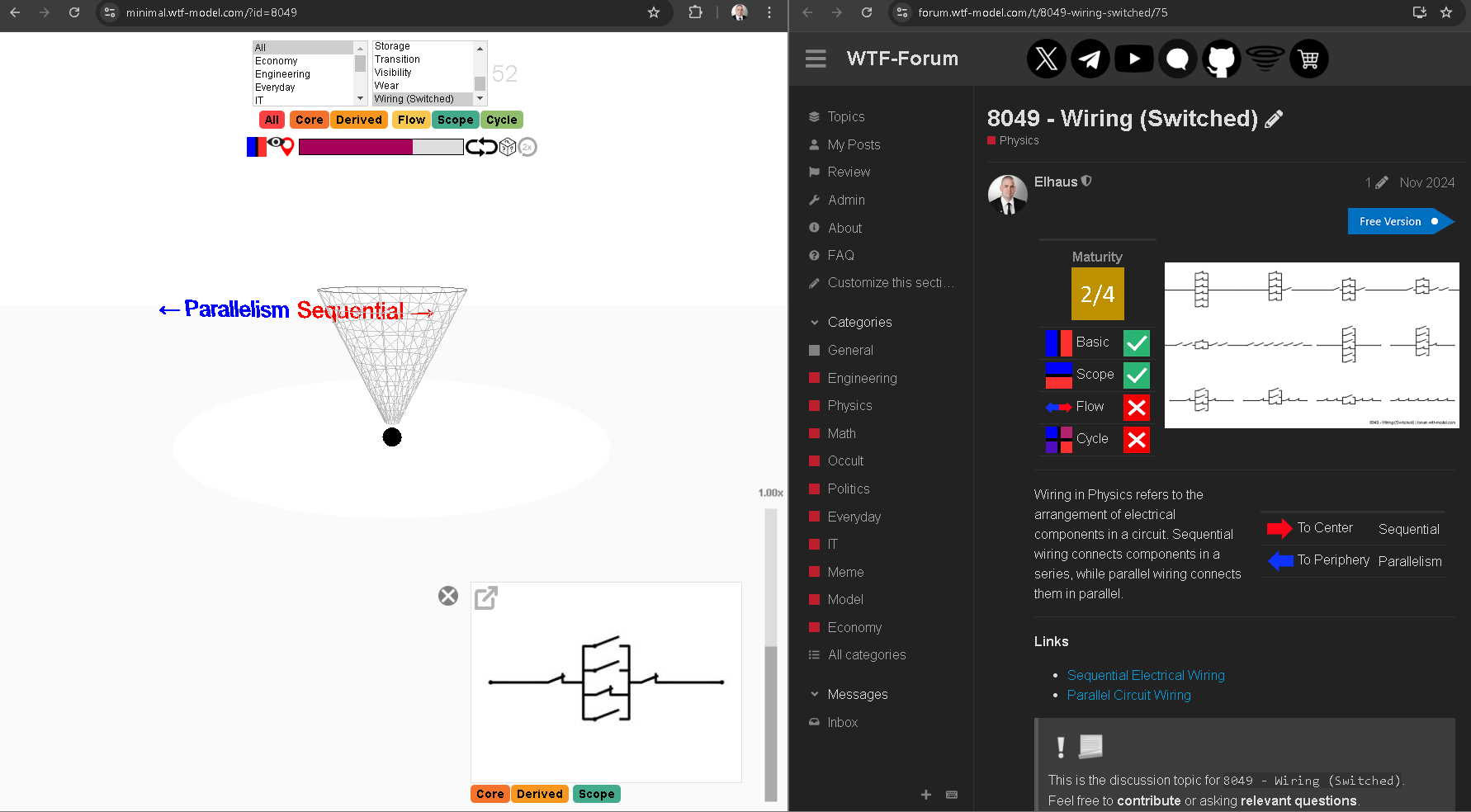
-
Public Repo Release
Preparations for the public repository are nearly complete. I’m planning to roll this out with a CC-BY-NC-SA license, retaining commercialization rights. However, I’m holding off for now.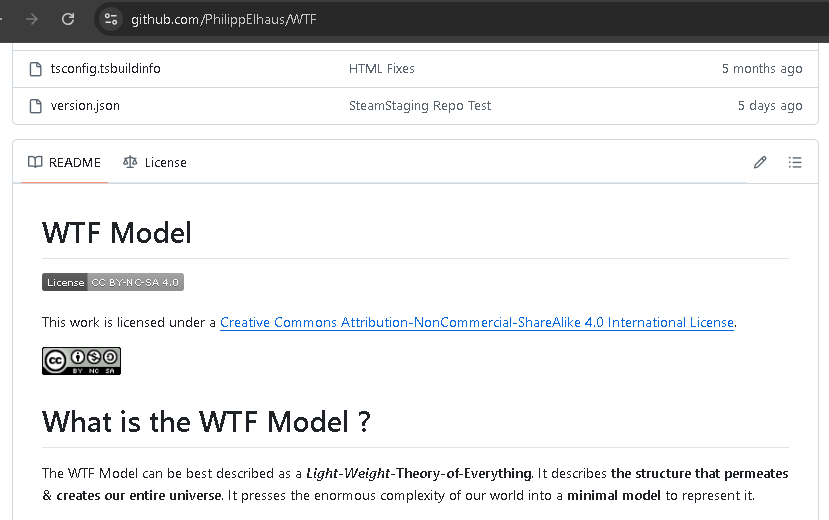
-
Documentation
I’m still working on a short introductory PDF and a 2-minute briefing video to explain the WTF and its context. I aim to release these in 2025 alongside other materials. Here’s an overview on all activities and their state: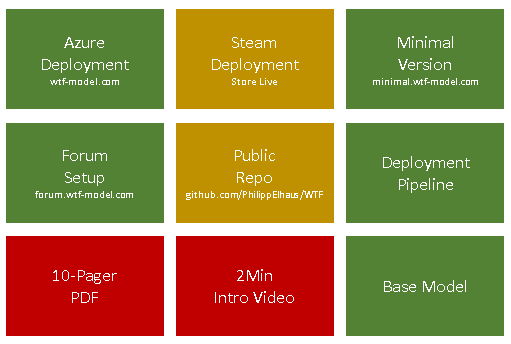
-
Distribution via Steam
In December, I registered as a Steam Partner and set up everything for distribution. This is an alternative to the Self-Hosted Azure WebApp purchaseable via Shopify. I’ve wrapped the WTF into a WPF .NET 8 App, which:- Is self-contained using the ASP.NET Core Kestrel Browser.
- Silently installs the WebView2 Evergreen Installer in the background if needed.
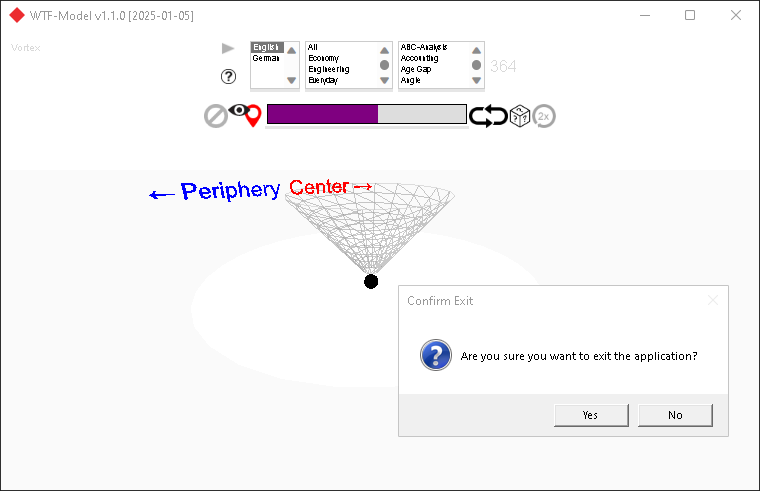
The C# code for this was quite smooth. Security measures include:
- Obfuscation, symmetric encryption, and randomization.
- Automated Steam DRM integration is a defined step in the CI/CD pipeline.
Though not foolproof, I believe it’s hardened enough to deter approximatly 98%+ of piracy attempts. The installation size is around 500–600MB, largely due to Steam’s deployment bloat.
For the so called SteamPipe deployment with ‘Depots’, I set up an Azure Container Instance that activates on new commits and pushes updates to the Steam Store:
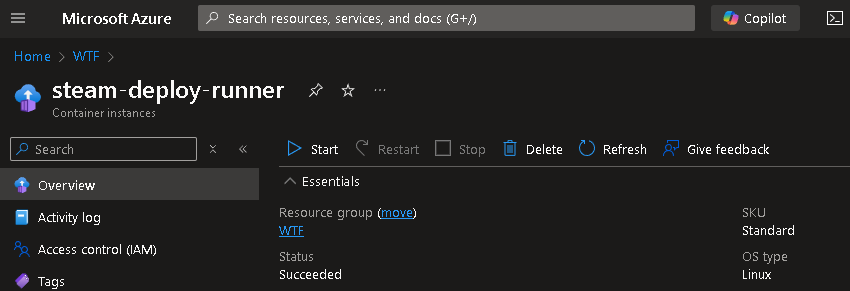
Using anonymous GitHub runners was infeasible due to strict MFA requirements. Steam’s back-end is a patchwork—functional but messy. After failed attempts to deploy via GitHub Actions, I opted for an Azure ACI solution in conjunction with a Storage Account Shared Drive.
A mix of finely refined Docker Images, PowerShell, and Bash scripts allowed eventually for full automation:
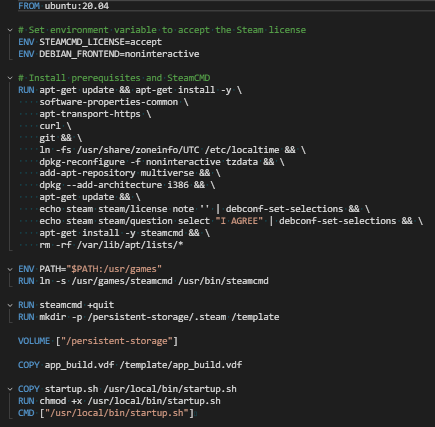
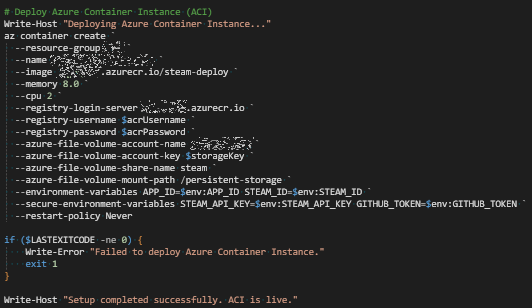
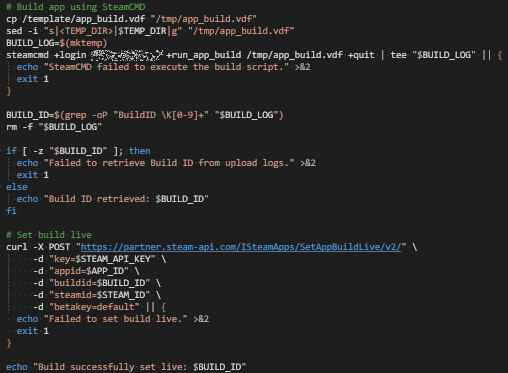
While the model is feature complete, I still need to finalize a few items before it can go live on Steam. For now, the store page is visible only to me but lacks visual assets typically required for product displays.
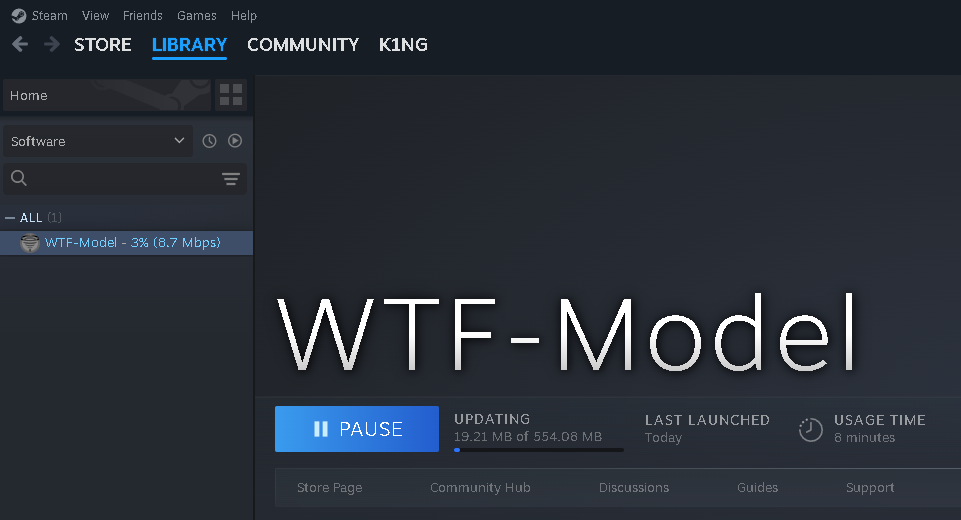
-
YAML Deployment Pipeline
Reworked to evaluate code changes, version, and deploy accordingly. It now follows a Major.Minor.Patch scheme for automated commit versioning, which is already active.
Stay tuned for further updates as I continue to refine and prepare the WTF for full release!
